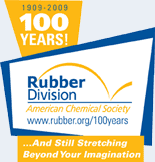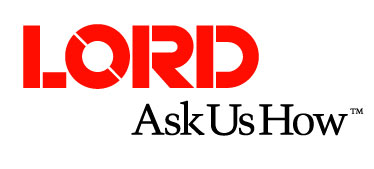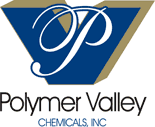![[ Visit ACS Rubber Website ]](images/logo.jpg) |
|
Centennial Elite SponsorsBecome a Centennial Elite Sponsor |
134 USE OF CROSSLINKING COAGENTS FOR NATURAL RUBBER LATEX-DIPPED PRODUCTSThursday, October 15, 2009: 9:45 AM
329 (David L. Lawrence Convention Center )
USE OF CROSSLINKING COAGENTS FOR NATURAL RUBBER LATEX-DIPPED PRODUCTS
Natural rubber latex (NRL) articles are very present in our lives, since latex is a suitable material for making articles of very thin walls. Nevertheless, these products cause problems derived from their use, e.g. allergies and presence of N-nitrosamines. Most of the NRL articles are prevulcanized by using a combination of sulphur, accelerators and other compounds, as zinc oxide. In this process, polymer chains present in each rubber particle are cross-linked, creating individual networks. Some of the problems derived from the use of latex articles are caused by the accelerators, since these ingredients, can produce carcinogenic N-nitrosamines, additionally to allergic reactions. An alternative to the common sulphur/accelerators systems for the production of NRL dipped products is the use of organic peroxides as crosslinkers. This system presents several advantages because accelerators are eliminated from the latex recipe. Nevertheless, these articles show lower mechanical properties than products prevulcanized by conventional systems. To solve this drawback, we describe a novel approach based on crosslinking coagents, which lead to important improvements on mechanical properties. In addition, the developed recipe: i) does not produce allergic reactions (type IV); ii) is completely free of N-nitrosamines and nitrosable amines, iii) shows improved film transparency (due to that absence of zinc oxide), iv) is easy to scale up to industrial application, v) during the incineration process, these articles do not produce sulphur or nitrogen-based compounds, e.g. SOx and NOx. In conclusion, an industrial and environmental friendly alternative to produce competitive NRL articles by dipping process has been developed. |









